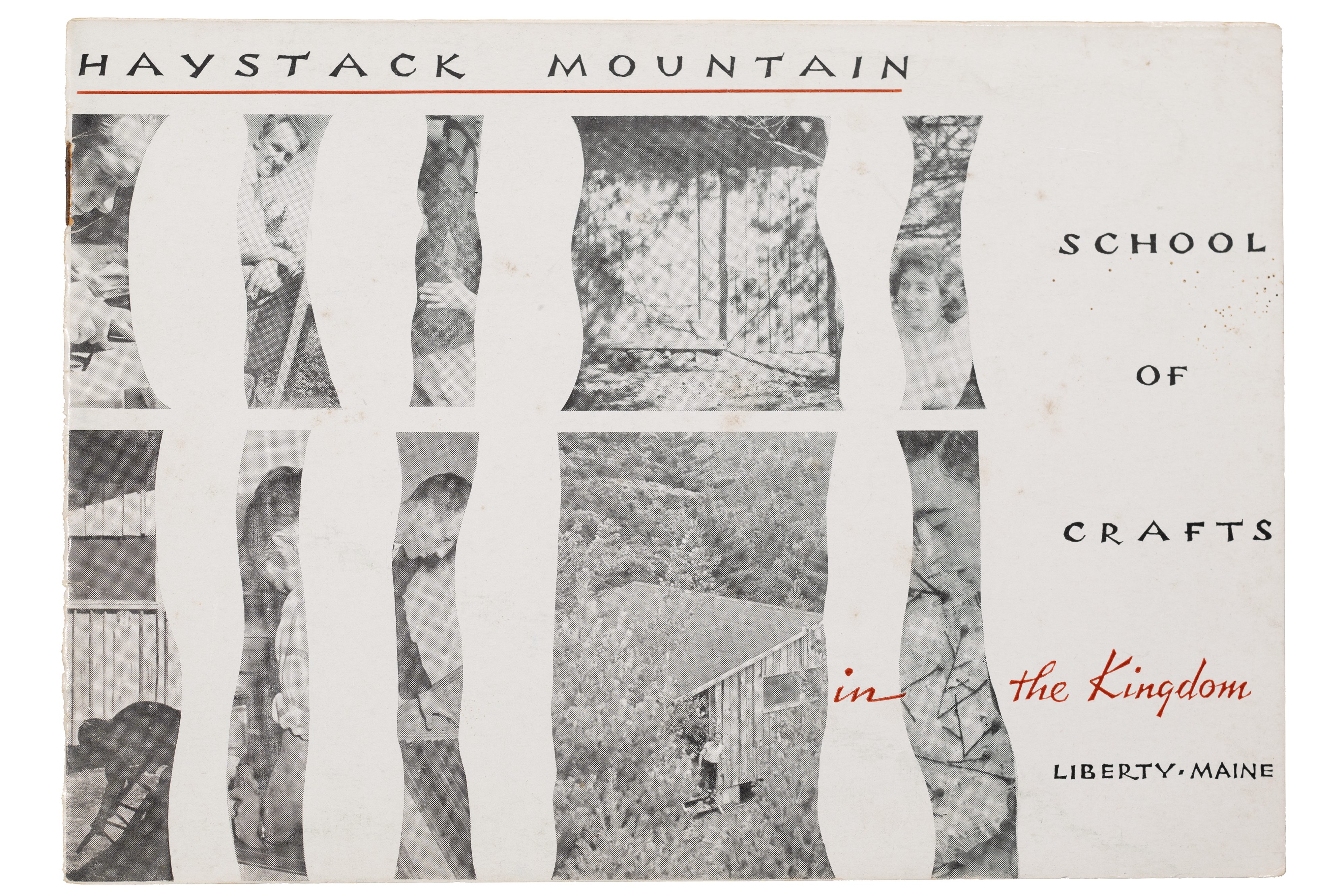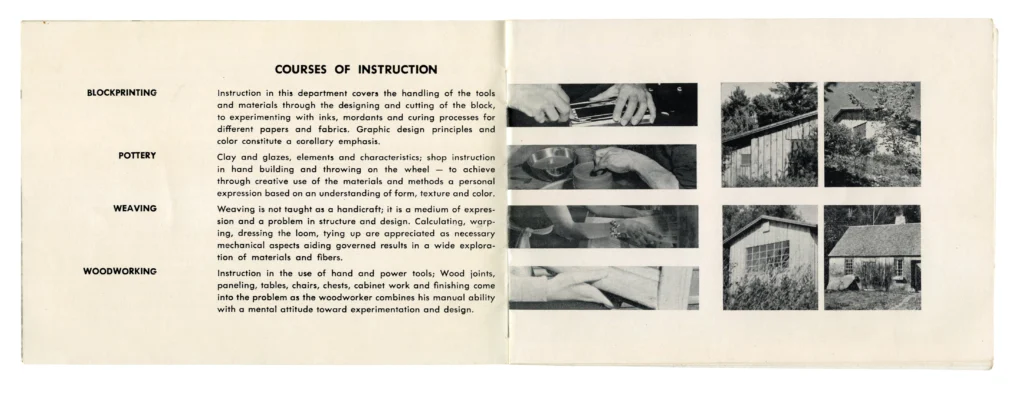
In the summer of 1952, Emily Mason was one of two scholarship recipients to attend the Haystack Mountain School of Crafts in Liberty, Maine. Mason later described it as “a place that was humming with activity, which included ceramics, wood-working, design, and weaving.”1 The exposure to fiber, wood, and clay would be among Mason’s lifelong inspirations, and have an enduring impact on her studio practice and teaching career.

At 20 years old, Haystack was Mason’s first solo travel and residency experience, defining the “beginning of [her] adulthood.”2 It was her first exposure to collaborative learning and living; students at Haystack were expected to share the responsibilities of keeping studios and domestic spaces clean.
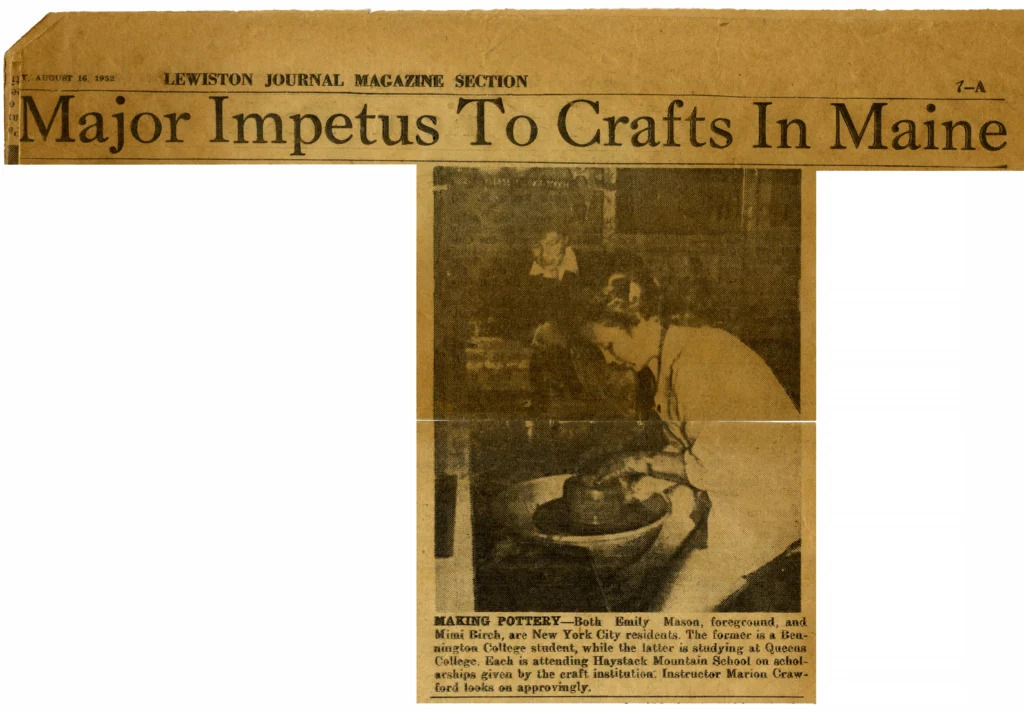
Under the instruction of teachers such as Marion Crawford and John May, Mason turned wood, dug clay, and threw on the wheel. She even wove with seaweed and Irish moss mixed with different fabrics to experiment with texture (albeit the only student doing so).3
Mason also witnessed the lectures of textile designer Jack Lenor Larsen, and his “analogous color” theory. Recounting her memory of these experiences to author David Ebony in “The Fifth Element,” she described how “[Larsen] hung skeins of brightly colored wool over long dowels suspended between chairs. The colors spanned the spectrum of primary, secondary, and tertiary colors. He explained analogous color theory as color modified not by black and white but by other close colors of the spectrum. For instance, one could have a yellow and warm it up with red or orange, or cool it down with blue and green…”4
Mason carried this education on color to the Cooper Union in 1953; it gave her the knowledge and understanding needed in creating relationships between warm and cool tones in painting.5
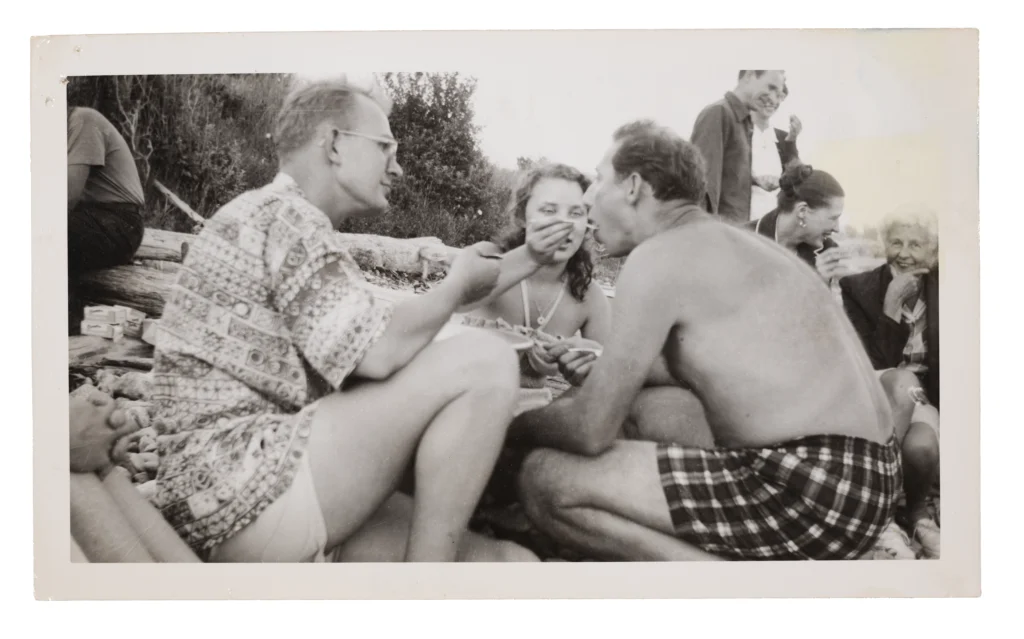
Mason’s time at Haystack was not only pivotal in her formative years, but became a thread throughout her 60-year studio practice. “This experience [of Haystack] has helped me throughout my painting career,” she later explained. “It also enabled me to continuously discover how colors affect each other: a visual magic.” 6
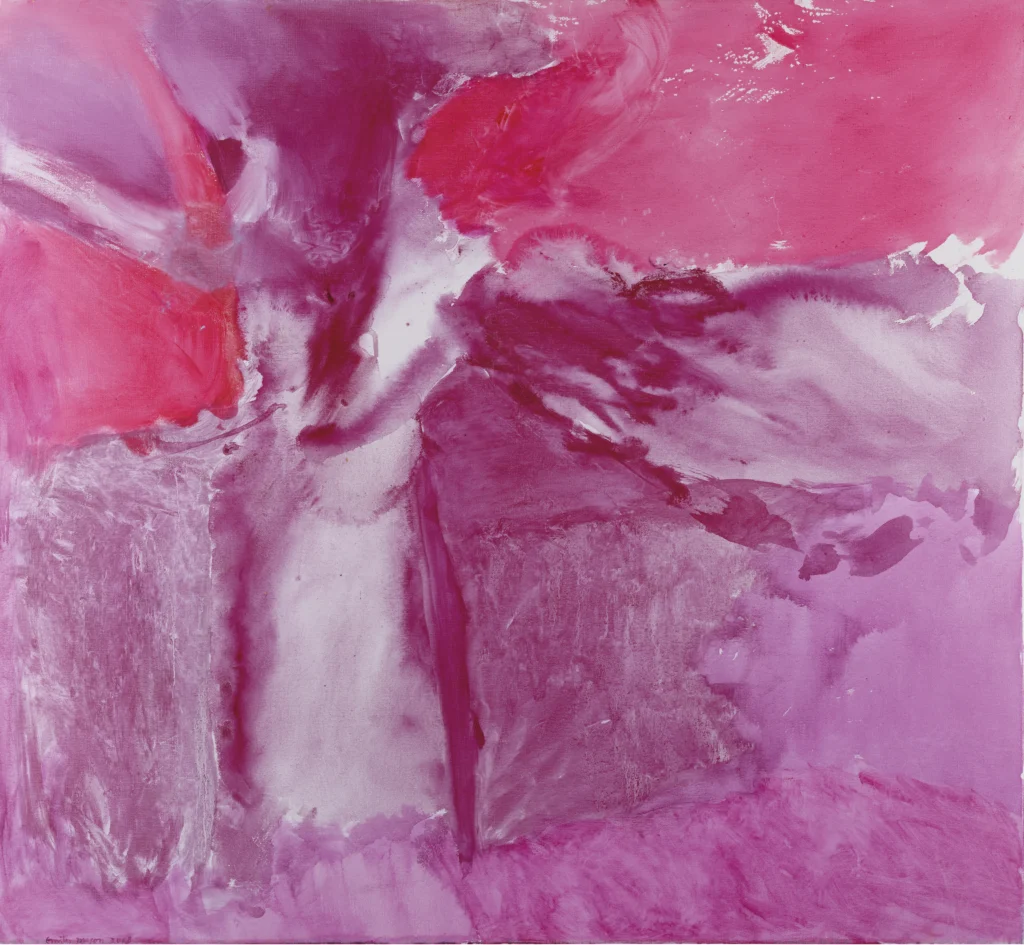
- Emily Mason’s handwritten biography, 2006, p.4, The Emily Mason Papers.
- VanDerweker, Alana. Haystack at Liberty: From Insight to Mountain to Island (Thomason: Custom Museum Publishing, 2019), page 59.
- Interview with Janis Stemmermann, 2016.
- Ebony, David. The Fifth Element (New York: George Braziller, Inc. 2006), page 15.
- John Warren Oakes, oral history interview with Emily Mason, 2005, 9, transcript, The Emily Mason Papers.
- Ebony, David. The Fifth Element (New York: George Braziller, Inc. 2006), page 15.
